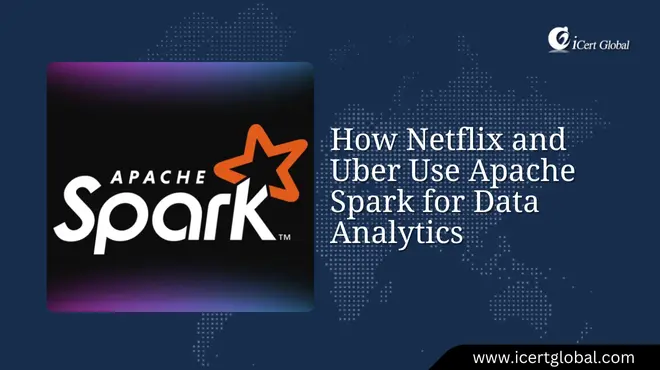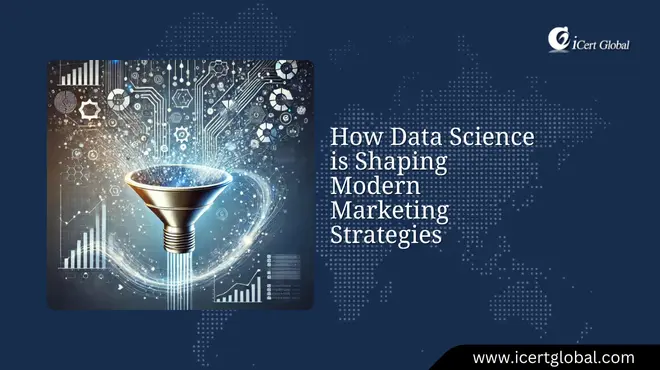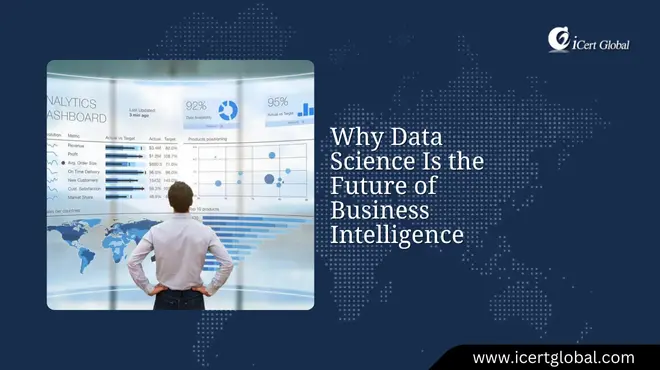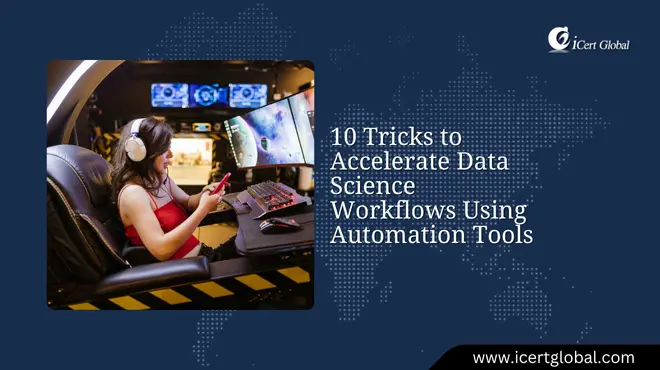Articles on Data Science and Business Intelligence
Data Science Course Syllabus Explained: Tools, Skills & Job Roles
The reason data science is considered the future becomes clear once you explore its course syllabus, which equips learne...
How Netflix and Uber Use Apache Spark for Data Analytics
Data science in 2030 won’t just be about big data—it will be about fast and smart data, the kind that powers...
How Retail Companies Use Computer Vision to Track Shopper Behavior?
The future of data science is clearly visible in how retail companies use computer vision to analyze shopper behavior an...
Why Companies Can’t Survive Without Data Science Today
This is supported by the fact that 76 percent of executives report that their company's failure to fully embrace and...
The Role of Data Mining in Digital Marketing & Customer Insights
In the era of Data Science 2030, data mining’s role in digital marketing and customer insights will become even mo...
How Natural Language Processing Is Revolutionizing Communication and AI
In the vision of Data Science 2030, breakthroughs in Natural Language Processing are driving smarter, more intuitive com...
How Data Science is Shaping Modern Marketing Strategies
By 2030, data science isn’t just a tech buzzword—it’s transforming how marketers understand audiences ...
Why R Programming Is a Must-Know for Data Nerds
Interesting and surprising truth: Studies indicate that those organizations that make use of R programming for statistic...
The Ultimate Roadmap to Master Data Science with the Right Course
To thrive in the data science landscape of 2030, leveraging the ultimate learning roadmap with the right courses is esse...
Why Data Science Is the Future of Business Intelligence
Looking toward Data Science 2030, businesses that embrace data-driven innovation will lead the way in unlocking the full...
10 Tricks to Accelerate Data Science Workflows Using Automation Tools
The volume of data generation worldwide is staggering, with current forecasts predicting that the world will generate mo...
9 Tips for Multi-Cloud Orchestration in Data Science Workloads
Data Science in 2030 will be powered by diverse cloud platforms, and mastering multi-cloud orchestration through these 9...
.webp)


.jpg)






.webp)








